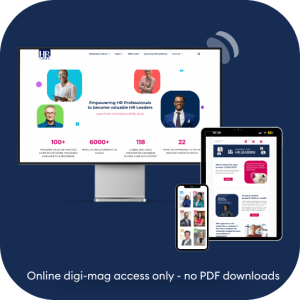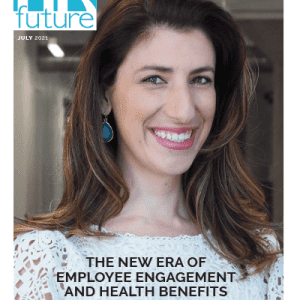The use of OKRs (Objectives and Key Results) has become quite popular for setting goals in the business sector. Many businesses have embraced this method to establish objectives and foster progress. As more companies adopt OKRs, examining real-life examples demonstrating how effective this framework can be is crucial. This article will explore sectors and illustrate how organizations are integrating OKRs into their everyday functions.
Technology Sector: Fostering Innovation with OKRs
In the realm of technology, organizations require an approach to goal setting that aligns with their growth and innovation objectives. Through the implementation of OKRs, tech leaders can focus on creating technologies and maintaining an edge in the market. Thus, it is important to get an OKR Template Tutorial.
For instance, a notable software company has effectively utilized OKR methodology to enhance its product development process. Objectives include improving user experience, optimizing software functionality, and expediting product release cycles. Key results are centered around metrics like decreased bugs, increased user retention rates, and swift integration of user feedback. This strategy helps teams concentrate on delivering features while continuously striving for enhancement.
Retail Industry: Boosting Sales Performance with OKRs
The industry is always changing due to evolving consumer preferences. To meet sales goals effectively, retailers often use goal-setting frameworks like OKRs. A known retail chain applies this approach by setting objectives focused on expanding the market and improving customer satisfaction.
Key results include tracking sales growth in regions or categories, increasing customer traffic in stores, and boosting website visits. These measurable outcomes help keep the focus on achieving business goals while empowering employees across all levels of the organization.
Healthcare Sector: Providing Quality Care through Proactive Goal Setting
Ensuring patient well-being is a priority in healthcare organizations, making it essential to implement a goal-setting framework. In a hospital network, care providers use OKRs to communicate and achieve patient goals successfully.
The objectives may involve reducing wait times in the emergency room, enhancing satisfaction scores through triage processes, and improving staff communication to prevent errors. Key outcomes would include response times, ratings on patient satisfaction surveys, and fewer instances of miscommunication among medical professionals.
Education Sector: Fostering Ongoing Learning with Objectives and Key Results
In the field of education, there is a push for improvement in areas like student involvement, curriculum enhancement, and faculty performance. Objectives and Key Results (OKRs) offer an approach to help educators, administrators, and students work together toward these goals.
For example, a university’s administrative department might aim to boost student retention rates. Key results could involve reducing freshman dropout rates by a percentage or increasing student participation in activities. These tangible targets encourage learning and inspire students to participate actively in their educational experiences.
Driving Social Impact through OKRs in the Non-Profit Sector
Non-profit organizations play a crucial role in addressing societal challenges and promoting positive transformations. By embracing the OKR framework, non-profits can align their activities to fulfill their missions effectively.
For instance, an international environmental group might set goals such as raising awareness about climate change, advocating for practices, and influencing policy changes. Key results may include metrics like increased media exposure, enhanced social media engagement levels, and successful collaborations with entities. The implementation of OKRs enables non-profits to gauge their influence and track progress toward building a brighter tomorrow.
Startups: Establishing Clear Growth Objectives with OKRs
In the stages of their journey, startups often encounter obstacles when it comes to defining goals and expanding rapidly. OKRs offer startups an approach that emphasizes priorities and accelerates growth strategies.
For instance, a technology startup might define goals related to securing funding, growing the customer base, and introducing features or products. The measurable outcomes would include metrics such as funds raised, user acquisition rates, and successful product launches within timeframes. By centering their objectives around these results, startups can maintain focus on what’s necessary to achieve success.
In Conclusion
Businesses in all sectors utilize OKRs to drive growth, enhance efficiency, and surpass expectations. By adopting this established method for goal setting and monitoring progress, organizations can improve team alignment, prioritize initiatives, and increase employee involvement.
As you explore incorporating OKRs into your organization or team’s goal-setting process, draw inspiration from real-world examples, showcasing how different industries have seamlessly integrated OKRs into their operations. Leveraging the potential of OKRs will empower your business to thrive in a dynamic market environment.
Guest writer.













